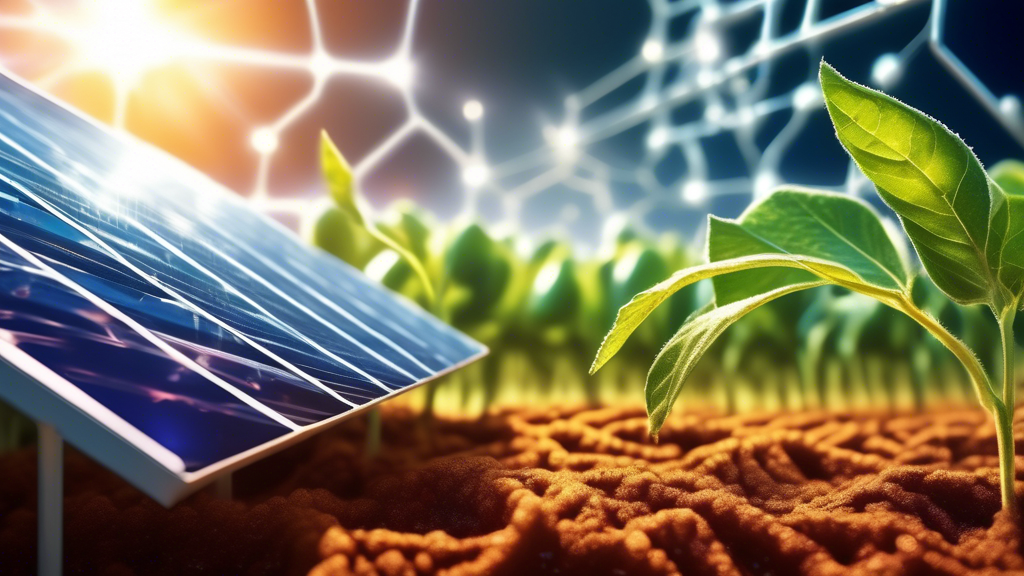Researchers Uncover Key to Efficiency in Organic Solar Cells

Unlocking the Potential of Organic Solar Cells
In a groundbreaking study, researchers have made significant strides in enhancing the efficiency of organic solar cells, heralding a promising future for renewable energy technologies. Organic photovoltaics (OPV) have long piqued the interest of scientists due to their potential for low-cost production and mechanical flexibility, which contrasts sharply with their rigid silicon counterparts. However, achieving high efficiency levels has been a persistent challenge—until now.
The Breakthrough in Organic Solar Cell Efficiency
The recent research unveils a novel approach that targets the inherent weaknesses of organic solar cells, particularly their ability to convert sunlight into electricity efficiently. The core of this breakthrough lies in the manipulation of the nano-scale architecture of the organic materials used in OPVs. By fine-tuning the arrangement and orientation of these organic molecules, researchers have managed to significantly enhance the movement and collection of charge carriers within the cells.
The implications of this research are profound. With improved efficiency, organic solar cells could swiftly transition from being an experimental technology to a widely adopted solution for sustainable energy generation. This shift could drastically reduce our dependence on fossil fuels and decrease carbon emissions on a global scale.
Key Advancements and Takeaways from the Study
Here are several pivotal elements that have emerged from this groundbreaking research:
- Material Enhancement: By synthesizing new organic compounds specifically tailored for OPV applications, researchers have bypassed traditional efficiency limits.
- Nano-Scale Engineering: The strategic engineering of material at the nano-scale has optimized the path that charge carriers travel within the cell, reducing energy loss significantly.
- Stability and Longevity: These advancements are not only boosting efficiency but are also enhancing the stability and operational lifespan of organic solar cells, which has been another significant challenge in this field.
The study not only sets a new benchmark for OPV efficiency but also opens up numerous avenues for future research, particularly in material science and nano-engineering, that could pave the way for even more robust advancements in solar technology.
Implications for the Future of Renewable Energy
The enhanced efficiency of organic solar cells represents a pivotal development in the renewable energy landscape. This progress promises more adaptable and economically feasible applications for solar energy, such as integration into building materials, vehicles, and portable electronic devices. Moreover, the potential environmental benefits, through the reduction of greenhouse gas emissions and the decrease in dependency on non-renewable energy sources, align closely with global sustainability goals.
In summary, the research not only addresses a critical technical challenge by pushing the boundaries of OPV efficiency but also acts as a catalyst for the broader adoption of this technology in practical applications.
Here's a thought to consider
The relentless pursuit of more efficient renewable energy solutions continues to drive technological innovation forward. With each breakthrough, the promise of a clean, sustainable energy future becomes more tangible. Embracing these advancements in organic solar cell technology could be crucial in the global shift towards a more sustainable and environmentally responsible energy paradigm.
Looking for updates? Sign up to our newsletter for weekly snippets.





